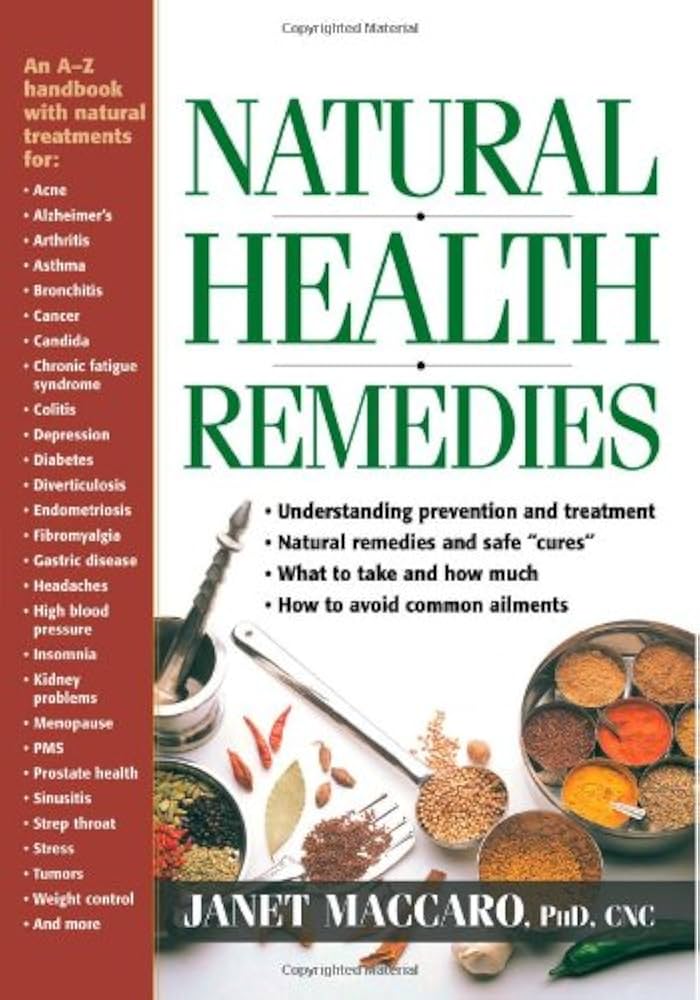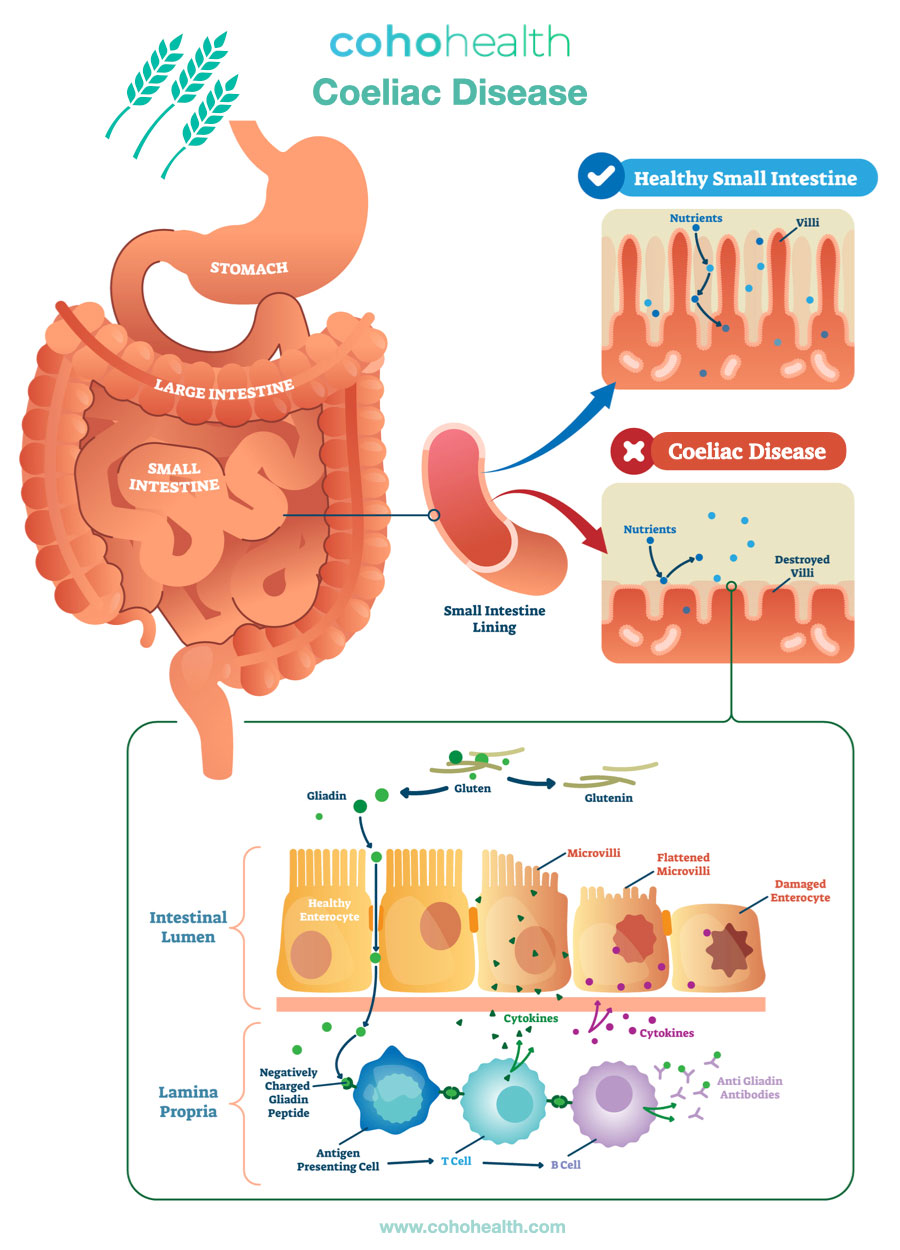Complementary & Alternative Medicine (CAM) Theory
Complementary & alternative medicine (CAM) theory has become increasingly popular in recent years, as individuals seek holistic approaches to maintaining their overall well-being. In this comprehensive guide, we’ll delve into the world of CAM, exploring its history, principles, and applications.
Understanding the Concept of Complementary Medicine
Complementary medicine refers to practices that are used in conjunction with conventional medical treatments. This approach acknowledges the value of integrating different modalities to promote health and healing. For instance, a patient undergoing cancer treatment may incorporate meditation, yoga, or acupuncture to alleviate symptoms and enhance their overall quality of life.
The History of CAM
Complementary & alternative medicine has its roots in ancient cultures, where holistic approaches were used to treat various health conditions. The term “CAM” was coined in the 1990s to describe these practices, which have been steadily gaining recognition and acceptance worldwide.
Principles of Alternative Medicine
Alternative medicine is a broader term that encompasses a wide range of approaches that depart from conventional Western medicine. The principles of alternative medicine emphasize the interconnectedness of body, mind, and spirit, recognizing that health is influenced by factors beyond physical diagnosis.
The Role of Mind-Body Connection
One of the core principles of alternative medicine is the recognition of the powerful mind-body connection. This understanding acknowledges that emotions, thoughts, and attitudes can significantly impact our physical well-being. Techniques such as meditation, visualization, and affirmations are used to cultivate a positive mental state, which can have a profound influence on overall health.
The Importance of Holistic Approach
A holistic approach to health recognizes that an individual is more than the sum of their parts. This perspective considers the interconnectedness of physical, emotional, and spiritual aspects, acknowledging that each aspect influences the others. By addressing the whole person, rather than just a specific symptom or condition, alternative medicine seeks to promote long-term well-being.
Applications of CAM Theory
Complementary & alternative medicine theory has numerous applications across various healthcare settings and populations. Some examples include:
Cancer Care: Integrating CAM Modalities
Incorporating complementary therapies into cancer treatment can significantly improve quality of life, reduce symptoms, and enhance overall well-being. Examples of CAM modalities used in cancer care include acupuncture, massage therapy, and mindfulness-based stress reduction.
Pain Management: Exploring Alternative Options
Chronic pain is a common condition that affects millions worldwide. Complementary & alternative medicine offers innovative approaches to managing pain, including techniques such as yoga, tai chi, and herbal remedies.
Mental Health Support: Integrating CAM Modalities
Mental health conditions are increasingly prevalent in modern society. Alternative medicine provides a range of modalities that can be used in conjunction with conventional therapies, such as cognitive-behavioral therapy (CBT) and psychodynamic therapy. Examples include mindfulness-based stress reduction, energy healing, and creative arts therapies.
Conclusion
In conclusion, complementary & alternative medicine theory offers a rich tapestry of approaches that can be used to promote health, well-being, and quality of life. By embracing the principles of CAM, we can expand our understanding of human health and develop innovative solutions for a wide range of conditions.
As you continue your journey into the world of CAM, remember to approach each modality with an open mind and a willingness to explore the vast possibilities it offers. Whether seeking holistic approaches to cancer care, pain management, or mental health support, CAM theory provides a wealth of knowledge and resources to guide you on your path.
For further reading and exploration, consider exploring these reputable sources:
- National Center for Complementary and Integrative Health (NCCIH)
- The Society for Integrative Oncology
- The American Massage Therapy Association


